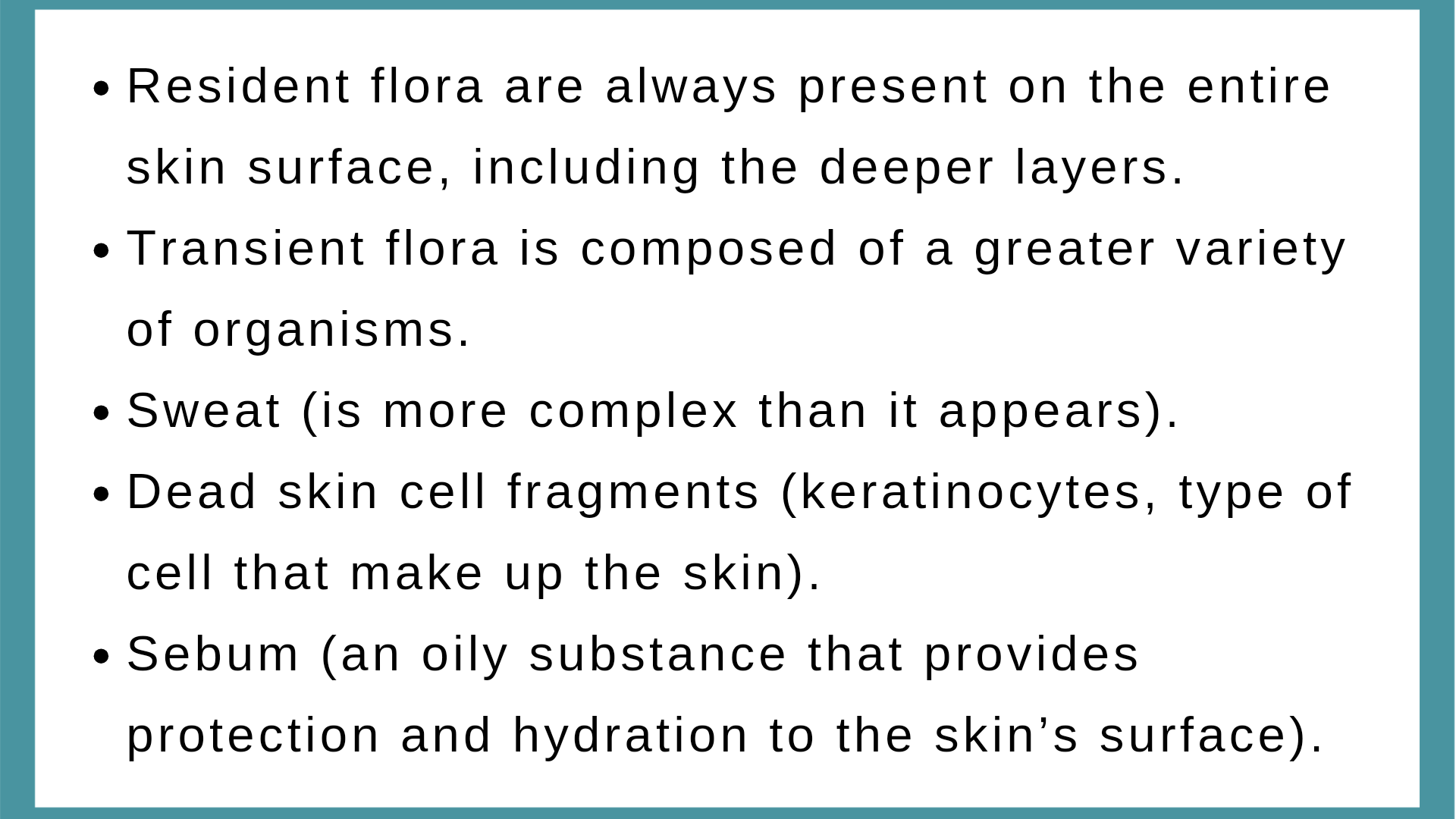Essential information on picking, poking, squeezing, and self-lancing Hidradenitis Suppurativa areas

These self practices have the potential to cause more harm than they do good. In HS, there is a buildup of keratin, sweat, oil, and dead skin cells within the hair follicles. Furthermore, they carry a great deal of risk. Although HS itself is non-infectious, it is important to note that our lumps or abscesses can become infected at any given time.
Our skin and hair follicles contain debris. In addition, HS patients often have imbalances in their skin microbiome, with Porphyromonas, Prevotella, and Corynebacterium being the bacteria most frequently observed.
Microorganisms on the skin:

Consequently, if you choose to pick, poke, squeeze, self-lance, or engage in similar behaviors on your DEPs (blackhead-like), pustules (small, inflamed, pus-filled sores), abscesses (boil-like), wounds (after an HS abscess drains, etc.,) you further jeopardize your health by raising the risk of infection and could worsen your HS.
Why you should refrain from picking your DEPs (blackhead-like)
- The skin microbiome of Hidradenitis Suppurativa patients varies greatly, as indicated earlier. Picking at these spots can push bacteria deeper into the follicle.
- The pressure can cause the follicle to burst, leading to more bacteria entering your skin. This is something you definitely don’t want.
- Whether you’re using a device, fingers, or your fingernails, it’s important to avoid picking and squeezing DEPs. Applying pressure to remove them can cause more irritation or serious damage to your skin.
- If you push the DEP further into your skin, it can result in painful irritation and sometimes cause an HS flare-up.
- It’s possible to introduce more bacteria or oil into the DEP opening. Causing it to increase in size or even a wider distribution.
- Can cause more inflammation.
- Can trigger HS flares.
- Can lead to scarring.
- Can cause post-inflammatory hyperpigmentation, leaving behind dark marks, even if scars don’t form. This occurs when severe inflammation damages cells known as keratinocytes, causing them to release large amounts of a pigment called melanin.
- Increased risk of infection, cellulitis, a bacterial infection that affects the skin and underlying tissue, usually in the deeper layers, and even sepsis (more on this below).
Why you should refrain from poking or squeezing anything HS related
- You can force the skin debris from the pore deeper into the follicle. That can cause the follicle wall to rupture and spill infected material into the dermis, the deeper layer of the skin, just beneath the epidermis.
- It can result in even more inflammation than before.
- It can lead to the formation of an even larger pustule and/or abscess or a new HS abscess right next to the one you just poked or squeezed.
- Can lead to hyperpigmentation and scarring.
- Most importantly the risk of infection which can lead to cellulitis and even sepsis.
Using Needles/Scalpels on abscesses or areas
Having a medical professional drain an abscess (I&D) in a safe setting remains a risk and outdated procedure. Get additional information by learning more HERE. Your safety is at great risk when doing it at home. Even with a clean home and tools, the skin still contains a substantial amount of Staphylococcus bacteria.
Staph bacteria are typically harmless on the skin, unless there is a break or puncture that can lead to infection. Puncturing a skin abscess with a scalpel or needle can lead to staph bacteria entering the bloodstream, raising the chance of infection. Once the infection reaches your bloodstream, it can spread to other parts of your body. This condition is referred to as sepsis. When sepsis develops into septic shock, blood pressure rapidly drops to a life-threatening level, frequently leading to mortality.
Having other health conditions or being on medications increases the risk of complications even more. Below are a few examples.
Common medications include NSAIDs, anticoagulants, immunosuppressants, corticosteroids, and antibiotics
Lupus, Addison's disease, Multiple sclerosis
Diabetes and Heart disease
If you happen to be pregnant
And so on….
Did you know?
HS frequently leads to an increased risk of developing dermatillomania (also known as excoriation disorder). A condition in which individuals exhibit compulsive skin picking behavior.
The damage from these self practices can occur both on the surface and beneath the skin when these actions are performed.
Don’t underestimate the seriousness of these “home practices.”

Before attempting these practices, remember to keep in mind
Hidradenitis Suppurativa patients show a wide range of disruptions in the skin microbiome.
The damage can occur both on the surface and beneath the skin when these actions are performed.
They may trigger HS flares.
Cause more inflammation.
Can lead to hyperpigmentation and scarring.
In addition to the potential development of new DEPs, pustules and HS abscesses. They can also appear near the area that was picked, poked, squeezed, or self-lanced.
You further jeopardize your health by raising the risk of infection and worsening your HS.
This article pays tribute to those we have lost (RIP), those who suffered amputations, and those facing lifelong wound care. My advocacy against this will persist, as well as my opposition to anyone recommending it to others.
Special Note: Researched, compiled, and written by Denise Fixsen. This information is backed by my 46 years of living with Hidradenitis Suppurativa, 10 years of dealing with multiple chronic illnesses, 36 years of advocacy, and continuous education. And to ensure accuracy, reliability, and trustworthiness, I incorporate peer-reviewed studies and other high-quality sources into my articles and material. I also wanted to inform you that I’ve chosen to end my collaboration with editors on my articles. Although there may be grammar errors due to brain illnesses (mostly), with this said, my content remains reliable, factual, and solid. With genuine TLC.
Medical Disclaimer: This content is solely for information, education, and support. The purpose is not to serve as a replacement for professional medical advice, diagnosis, or treatments.
Sources: doi.org/10.1016/B978-0-323-90113-0.00005-5, doi.org/10.1016/B978-0-7236-1403-6.50025-9, doi.org/10.1111/jdv.18278, Medical Microbiology. 4th edition, PMID: 15695835, PMCID: PMC10043647, PMID: 9810520, doi: 10.1038/nrmicro2537, doi: 10.1016/j.it.2009.05.005
Washington University School of Medicine in St. Louis sheds light on how MRSA is introduced into households and, once there, how it can spread among family members, including the furry ones. Understanding MRSA’s transmission dynamics is critical to devising effective preventive tactics.
“The household environment plays a key role in the transmission of MRSA.”HERE
Article posted on 09-03-2024
